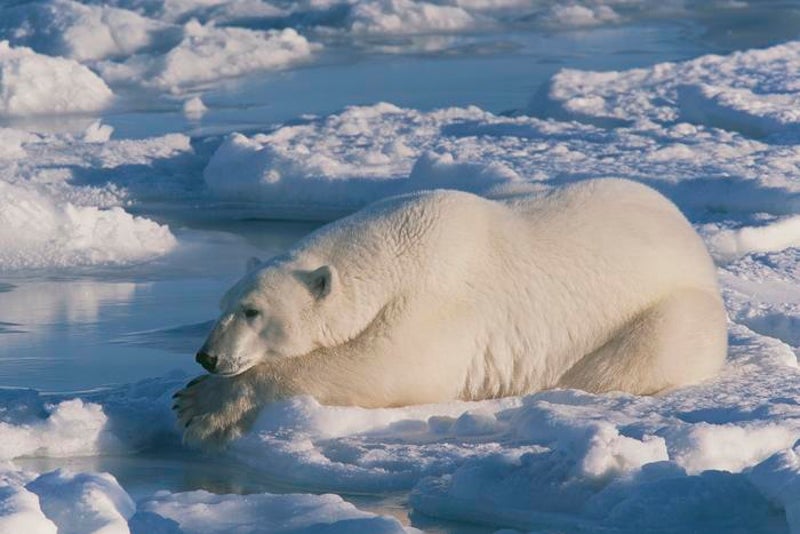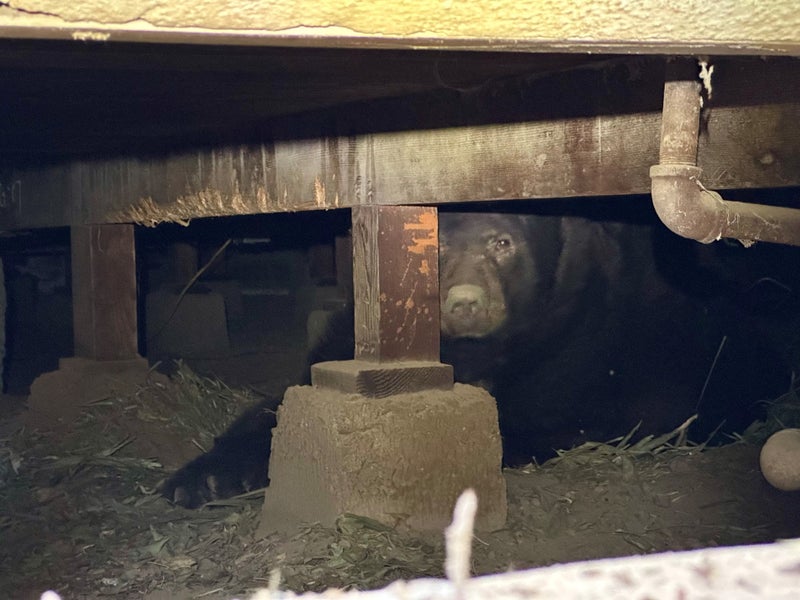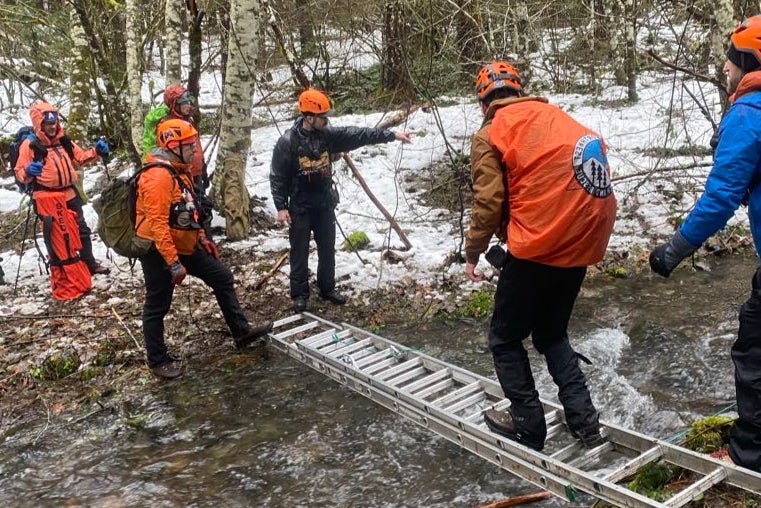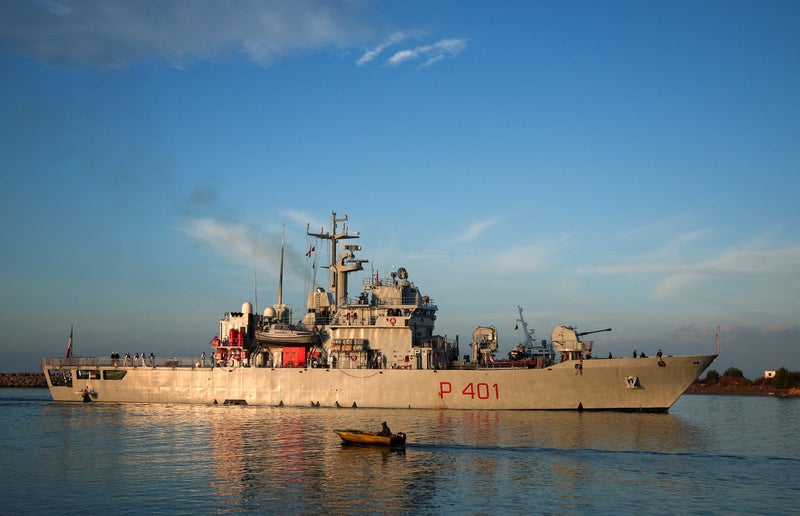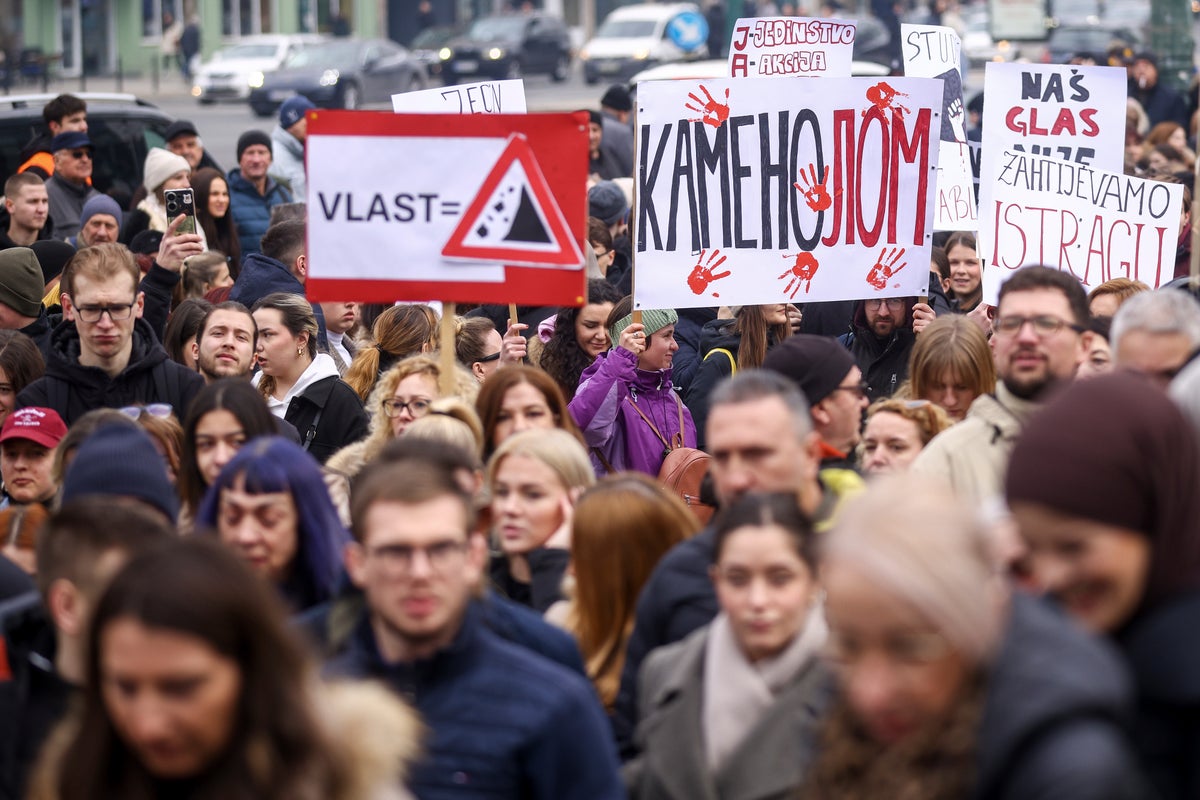“We have seen really significant changes to the sea ice,” says Jon Aars, senior scientist at the Norwegian Polar Institute, who has been following the bears for more than 20 years.
Rather than then return south to Svalbard to make dens in the winter, as they once would, scientists believe the retreating sea ice around the Norwegian archipelago means the bears are more often staying to create maternity dens in the Russian Arctic.
The rest of the bear population follows the sea ice when it retreats in the summer north east to Franz Josef Land, a Russian archipelago in the Barents Sea, to hunt.
“We do see in several other polar bear populations that we are already at a stage where the warmer climate and loss of sea ice have had quite a significant impact on individuals and populations.
The number of bears was falling dramatically until, in 1973, they were given protection when Canada, Denmark, Norway, the US and the Soviet Union signed the agreement on the conservation of polar bears.


